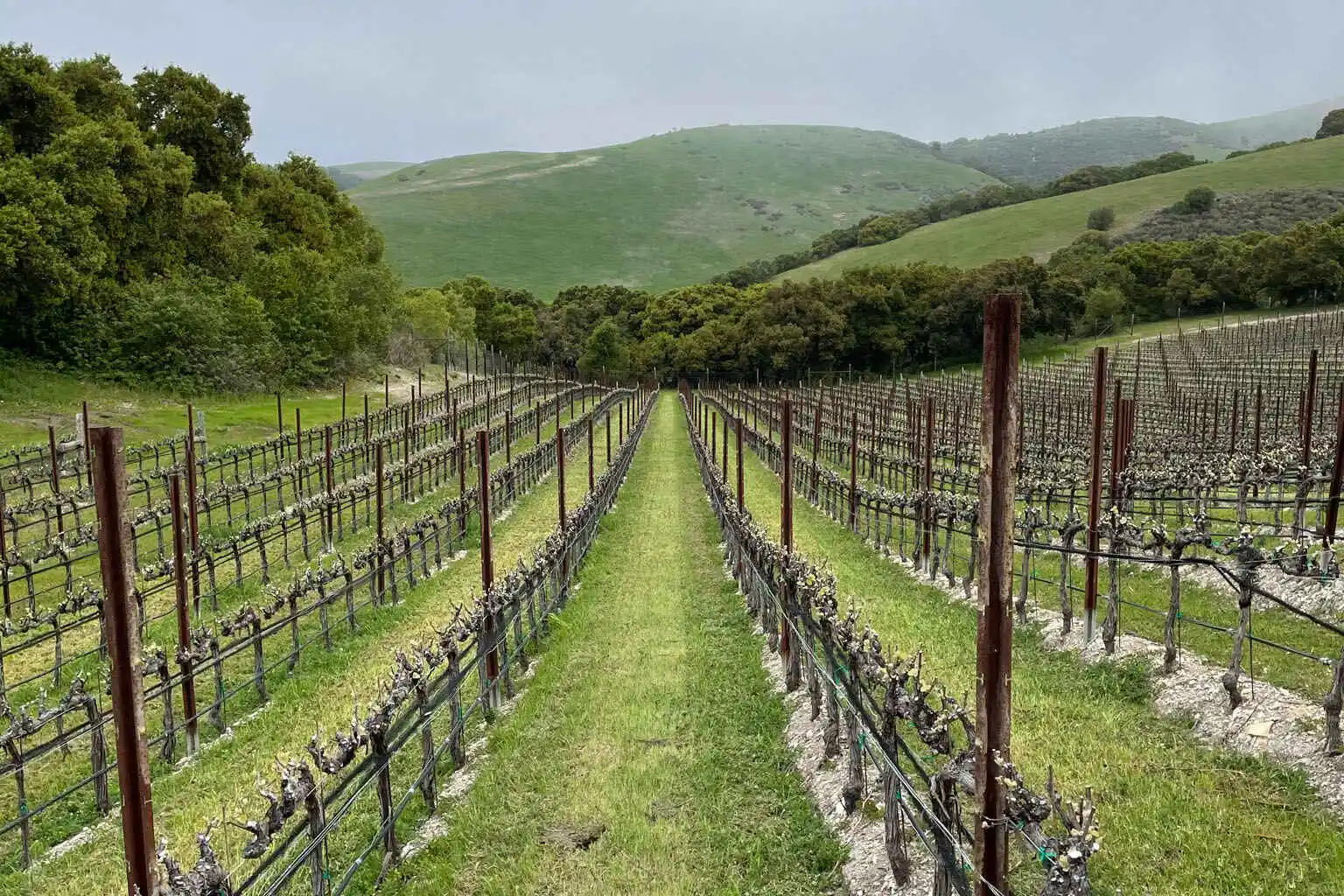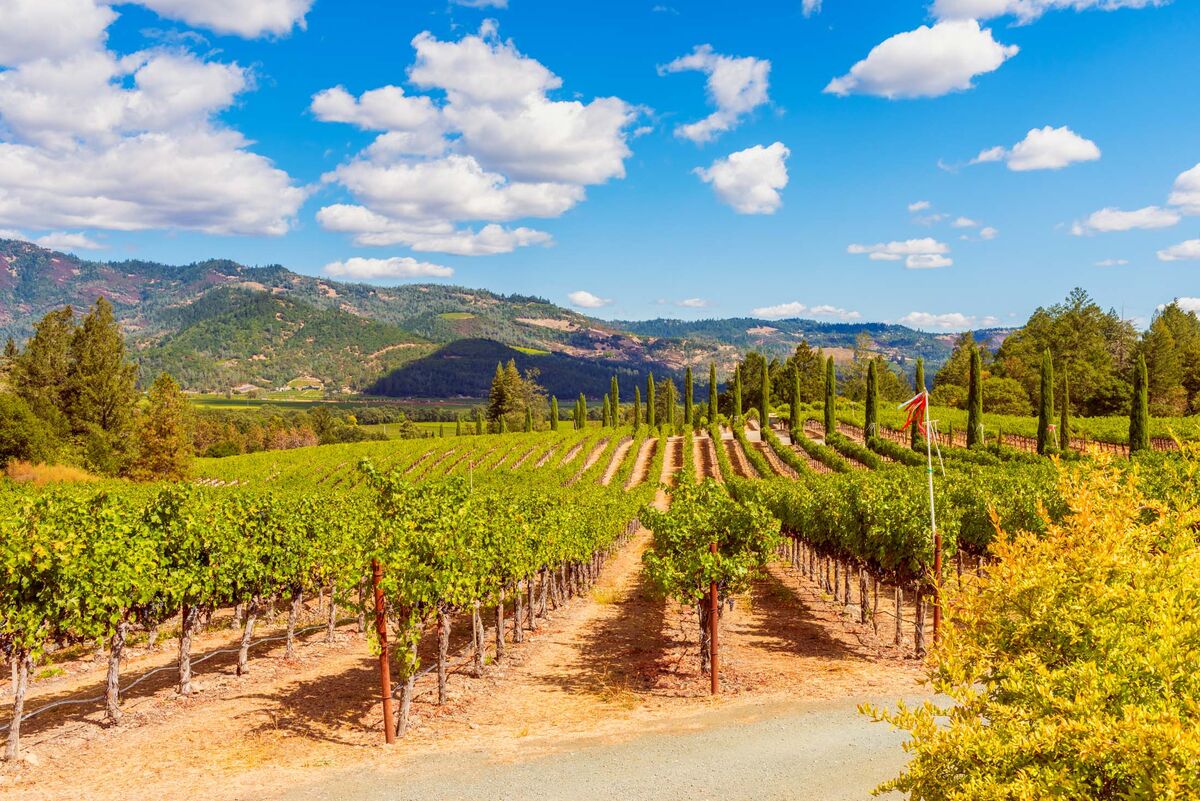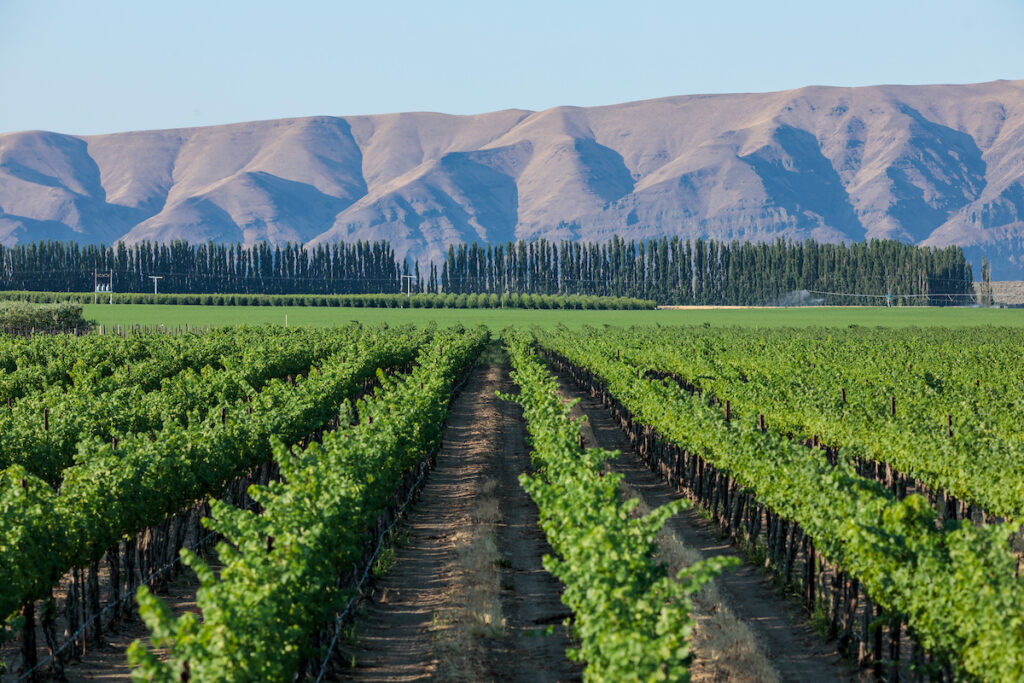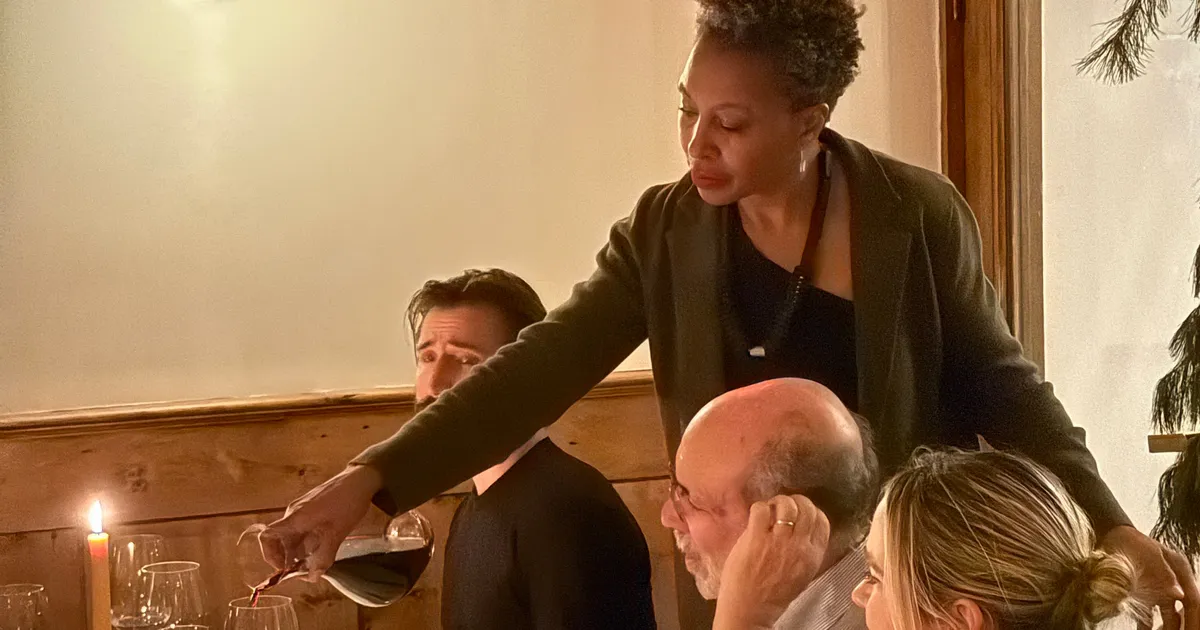Cachagua, a remote subregion of Carmel Valley, is accessible only by a winding mountain road about 25 miles inland from Carmel-by-the-Sea. The landscape is dotted with remnants of a trailer park and a massive satellite dish, but its most striking feature is its sprawling vineyards. Among them, the historic Massa Estate, formerly known as the “old Durney Vineyard,” stands out as the region’s crown jewel. Established in 1968, it was the first vineyard in Cachagua and played a pivotal role in defining the wine industry in Carmel Valley.
Massa Estate holds historical significance in Monterey County’s wine scene. The vineyard, once owned by the Durney family, produced wines in the 1970s and 1980s that gained a cult following. According to wine professionals, its impact on the region is second only to Chalone. The vineyard’s Cabernet Sauvignon, Cabernet Franc, Chenin Blanc, and Riesling became highly sought after by top-tier winemakers, including Bedrock and Arnot-Roberts. However, despite its legacy, the estate and other vineyards in Cachagua are now facing an uncertain future.
The Massa family, who acquired the estate in 2018, ceased farming operations last summer and listed the 1,000-acre property for $4.5 million. A buyer from New Jersey, involved in commercial construction, is now in escrow to acquire the land. Two other major vineyards in Cachagua, Marinus ($2.6 million) and Joullian ($11.6 million), are also on the market. The downturn in the wine industry statewide, with declining consumption and financial struggles among wineries, has contributed to this shift.

Industry professionals are uncertain about the new owner’s intentions. With amenities such as houses, swimming pools, a wine cellar, and an event permit allowing large-scale gatherings, some speculate that the buyer is more interested in real estate than viticulture. Initially planning to remove the vineyard, the buyer reconsidered after learning its history and now intends to preserve some of the vines, offering a glimmer of hope for the region.
From Organic Beginnings to Uncertain Future: A Vineyard’s Legacy and Challenges
Bill Durney, a tuna-canning entrepreneur, founded the vineyard in the late 1960s and farmed it organically. The site’s natural advantages, including underground springs and protection from frost, helped produce wines that defied the perception of Monterey County wines as inferior. Durney’s reputation attracted others to Carmel Valley, including Bernardus Winery’s founder, Ben Pon. However, after Durney’s death in 1989, the vineyard changed hands multiple times, struggling to recapture its former glory.

Under the Massa family’s ownership, the vineyard experienced a resurgence. They brought in high-profile winemaker Ian Brand, who supplied grapes to prestigious producers in Napa and Sonoma. Massa wines, such as Hammerling’s sparkling Chenin Blanc and Outward’s floral Cabernet Franc, gained admiration among industry insiders. Despite this success, the broader challenges of the wine market, combined with the vineyard’s remote location, made sustainability difficult.
Uncertainty Looms Over Historic Vineyard Amid Financial Struggles and Industry Challenges
Financial struggles, coupled with Bill Massa’s divorce and health decline, led to the family’s decision to stop farming in 2024. No grapes were harvested that year, leaving the estate in a state of abandonment. The vineyard’s unpruned vines and shriveled grapes symbolize the industry’s difficulties. Although initially listed at $8.5 million, the property’s price was reduced after removing its offsite tasting room from the sale.
As the sale nears completion, wine industry veterans and community members anxiously await the buyer’s plans. The fate of this historic vineyard could determine the future of Carmel Valley’s wine industry. While some fear it will be repurposed for real estate, others remain hopeful that it will continue producing world-class wines. “Carmel Valley as a wine region needs that vineyard,” said wine professional Kerry Winslow. “We’re all hoping for a savior.”


